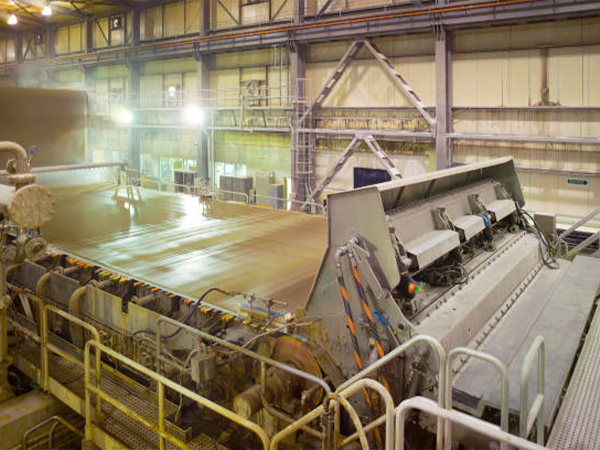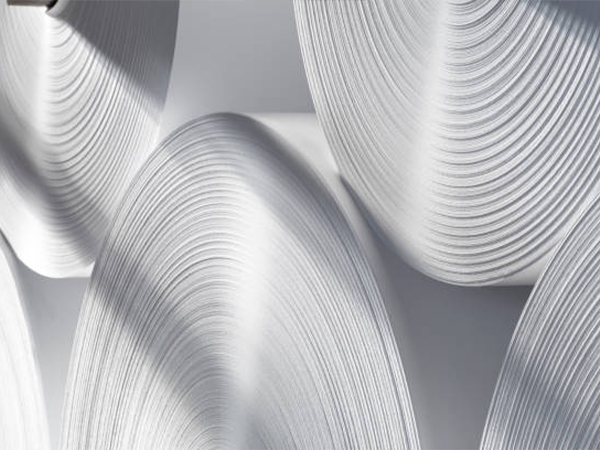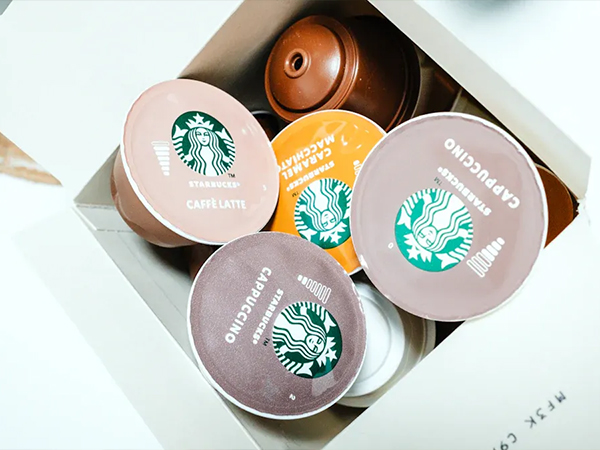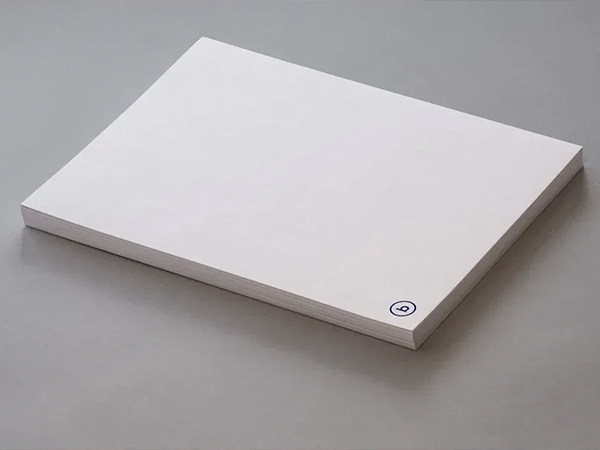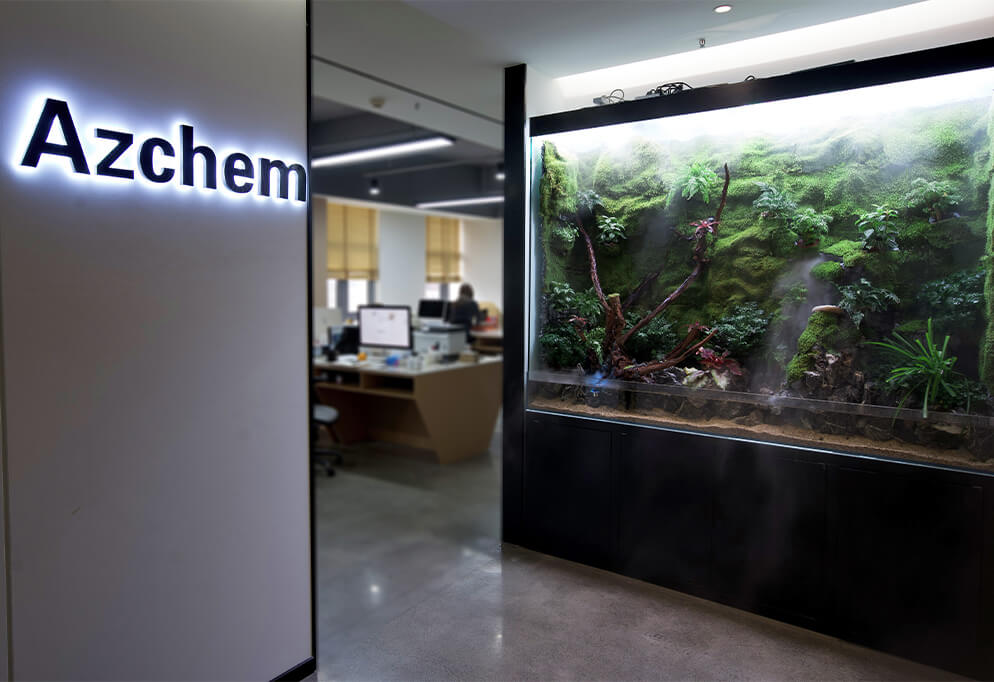Papermaking is a complex industrial process where even small efficiency gains can significantly improve production quality and cost savings. One critical factor in achieving high-quality paper is filler retention—the ability to keep fine particles like calcium carbonate, clay, or titanium dioxide within the paper sheet during formation. Poor retention leads to fiber and filler loss, higher chemical costs, and wastewater treatment challenges.
Among the various retention aids available, Polyacrylamide (PAM) has proven to be one of the most effective and versatile solutions in modern papermaking. This article explains how polyacrylamide works, why it is essential for filler retention, and the benefits it brings to the paper industry.
Understanding Filler Retention in Papermaking
Filler materials are added to paper to improve opacity, brightness, and printability while reducing production costs by replacing more expensive fibers. However, these filler particles are extremely small—often less than 2 microns—and tend to escape through the wire section during sheet formation.
Without a proper retention system, mills face:
- High filler loss to the white water system
- Increased raw material consumption
- Elevated load on wastewater treatment
- Inconsistent paper quality and formation
Polyacrylamide works as a bridging flocculant, helping to bind fine particles and fibers together into larger flocs, which are more easily retained in the forming fabric.
For more details about retention and drainage chemistry, you can refer to this TAPPI technical article.
How Polyacrylamide Works in Filler Retention
Polyacrylamide is a water-soluble polymer that can be synthesized in various molecular weights and charge types—anionic, cationic, or non-ionic—depending on the papermaking application. Its primary role in filler retention involves:
- Charge Neutralization – Filler particles and fibers often carry negative charges. Cationic polyacrylamides neutralize these charges, reducing electrostatic repulsion.
- Bridging Mechanism – Long polymer chains attach to multiple particles at once, creating stable flocs that are large enough to be retained by the forming fabric.
- Synergy with Other Retention Aids – In many systems, polyacrylamide is used alongside coagulants like PolyDADMAC or alum to enhance overall performance.
The choice of PAM type, dosage, and point of addition in the process flow is critical to maximizing retention efficiency without compromising sheet formation.
Benefits of Using Polyacrylamide for Filler Retention
Using polyacrylamide retention aids offers a range of operational and quality benefits for paper mills:
- Higher Filler Retention Rates – Typically improves filler retention from 50–60% to 75–85%, reducing filler loss.
- Improved Paper Formation – Balanced floc size ensures good sheet structure without excessive clumping.
- Lower Chemical Costs – Reduced loss means fewer fillers and retention aids are needed over time.
- Enhanced Machine Runability – Better retention leads to cleaner white water systems and fewer deposits.
- Environmental Benefits – Less filler discharge lowers the load on wastewater treatment facilities.
You can also explore our Wet Strength Agent solutions to complement your filler retention program.
Key Factors Affecting Polyacrylamide Performance
While polyacrylamide is highly effective, its performance depends on several process parameters:
- Type of Polyacrylamide – Cationic PAM is typically preferred for filler retention, but the charge density must be optimized.
- Dosage Rate – Overdosing can lead to poor formation and excessive chemical costs; underdosing results in low retention.
- pH and Ionic Strength – The efficiency of PAM can vary with pH and dissolved salts in the system.
- Addition Point – The best results are often achieved when PAM is added after the coagulant but before the headbox.
- Shear Forces – High shear conditions can break flocs, reducing retention; selecting a high molecular weight PAM can help maintain floc integrity.
For more practical optimization strategies, you can check this research paper from ScienceDirect on polymer-assisted retention systems.
Polyacrylamide in Modern Papermaking Systems
In modern high-speed paper machines, retention systems often combine cationic polyacrylamide with microparticle programs such as colloidal silica or bentonite. These systems form a robust microfloc structure, improving drainage, retention, and sheet strength simultaneously.
For example, in fine paper production using precipitated calcium carbonate (PCC) as filler, a well-optimized PAM-based program can achieve over 80% filler retention with minimal impact on formation, leading to significant cost savings and quality consistency.
To learn more about sizing technology that can work alongside PAM-based retention programs, visit our AKD Sizing Agent page.
Conclusion & Call to Action
Polyacrylamide is a cornerstone chemical in improving filler retention in papermaking. By selecting the right PAM type, optimizing dosage, and integrating it with other retention aids, mills can significantly enhance efficiency, reduce costs, and produce higher quality paper.
If you are looking to optimize filler retention in your papermaking process, our Polyacrylamide solutions are tailored to deliver maximum performance in various paper grades and machine conditions.
📩 Contact us today to discuss your requirements, request technical support, or get a customized solution for your mill.

